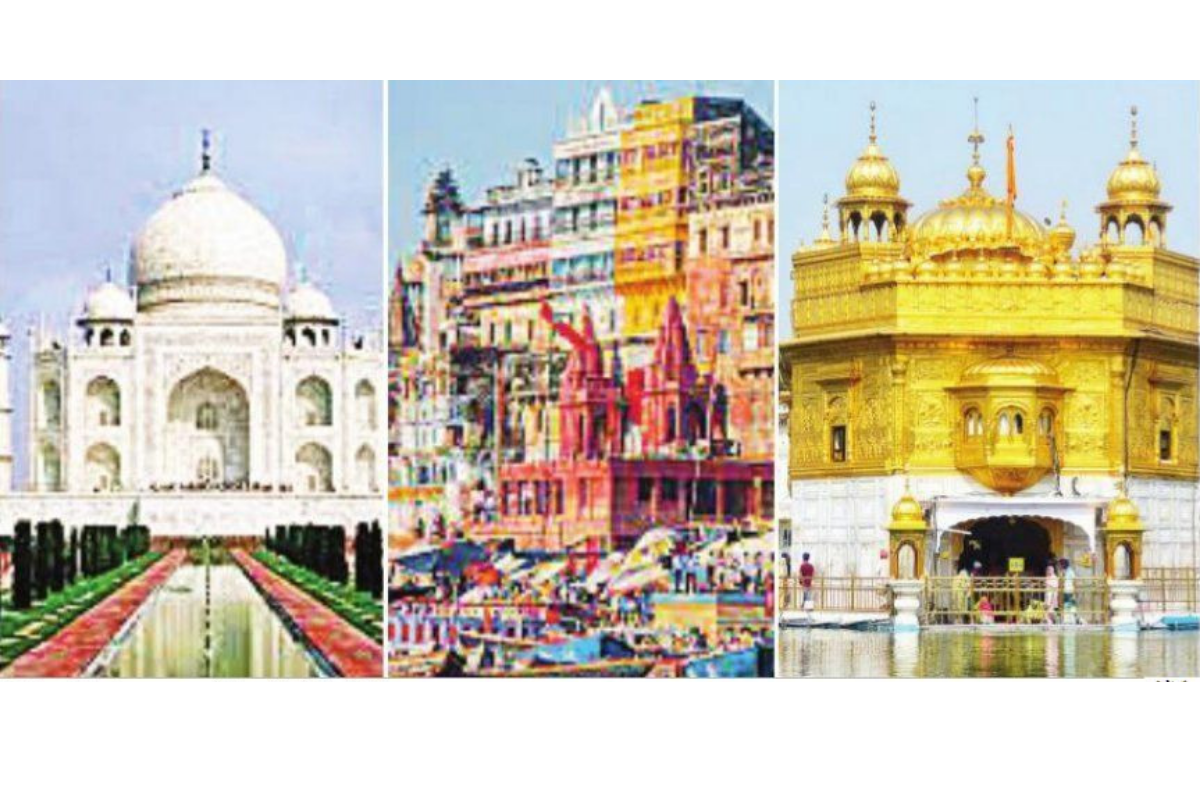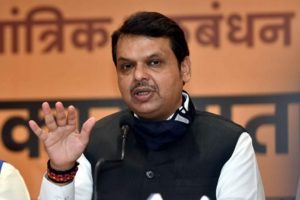Beyond the mismatch of intent and budgetary allocation, there is yet another domain of concern that afflicts the Indian tourism sector – sub-optimal or revisionist presentation of Indian tourist sites. The top three most frequented places are the Taj Mahal in Agra, the oldest living city of Varanasi and the Golden Temple in Amritsar all three sites have witnessed a communal dissonance that militates against the mellifluous Idea of India that thrives on diversity and inclusivity.
There are crises beyond the control of governments and then there are crises that could be directly attributable to governance ~ somewhere in between are the missteps of governance in handling a crisis (that may have started beyond the control of the government) that are simply avoidable.
The Covid pandemic is one such ‘beyond-control’ eventuality that hit all countries, but the scientific manner or otherwise with which dispensations around the world managed the same determines the track record of governance. Some countries displayed extreme caution and sensitivity in abiding with the mandated precautions and others legitimised public gatherings with impunity ~ the end result of fatality figures as scientifically extrapolated by the World Health Organisation speaks for itself.
Advertisement
Two countries in our neighbourhood, Sri Lanka and Nepal, too faced the expected brunt of the pandemic but are now additionally caught in a vortex of interlinked and unrelated issues of governance that have worsened the sovereign narrative dangerously. Both countries are saddled with depleted forex reserves, soaring balance of payments and dwindling remittances that together threaten to stall the economy. Both these countries were highly dependent on tourism as an industry for economic sustenance, in terms of foreign exchange earnings, employment and provisioning of goods and services. Expectedly, both countries were hit badly due to the pandemic, as tourism industry was amongst the worst impacted with the virtual freeze of tourist influx.
Political intrigues and overall mismanagement by the Communist regime in Nepal and the Rajapaksa family in Sri Lanka respectively, further worsened the situation. Soon the governments in Kathmandu and Colombo imploded with the Communists mired in factionalism, and the Rajapaksa family forced to confront their hubris and ineptitude. Interestingly, even though the most tourists in both Nepal and Sri Lanka were from India, these governments had retained ‘anti-India’ politics and postures. Hardly the sort of approach that could have helped tourism recover from its biggest and closest source of revenue.
This was despite knowing that partisan politics and decisions can impact key sectors like tourism and make recovery more complex as prospective tourists decide whether to partake or avoid travel to a particular country on the basis of its topical tenor. Neither Sri Lanka nor Nepal helped matters pertaining to tourism with the sort of domestic politics they pandered to, in recent times.
While the Indian economy is not as dependent or leveraged on tourism (therefore harbouring immense potential) as in the case of Sri Lanka or Nepal, the pandemic-related impact on Indian tourism (hospitality, aviation and related services) is well known. Rightfully has the Indian Prime Minister alluded to the need to focus on this sector with initiatives like ‘Incredible India’, ‘Dekho Apna Desh’ etc., and went on to posit the ‘4S’ to fructify India’s potential i.e., Swachhta (Cleanliness), Suvidha (Convenience of infrastructure or transportation), Samay (Convenience of timing) and most importantly, Soch (enlightened thinking on heritage).
Recently, the Prime Minister even extolled Non-Resident-Indians in Denmark to work as Rash-tradhoots (Representatives of India) to individually inspire at least five non-Indian people to visit India under the banner of ‘Chalo India’ (Visit India)! However, this spirit was somehow missing in the actual budgetary allocations for the Ministry of Tourism in 2022, or as per the Indian Association of Tour Operators (IATO), ‘withheld for reasons not known to us’! While this cut is partly understandable given the other exigencies facing the nation in terms of security and overall economic revival is no vertical/ministry truly sensing inadequacy of budgetary support?
This despite the well-established ratio which suggests a ten-fold return on monies spent on promoting India as a tourism destination. Beyond the mismatch of intent and budgetary allocation, there is yet another domain of concern that afflicts the Indian tourism sector i.e., sub-optimal or revisionist presentation of Indian tourist sites.
The top three most frequented places are the Taj Mahal in Agra, the oldest living city of Varanasi and the Golden Temple in Amritsar ~ all three sites have witnessed a communal dissonance that militates against the mellifluous ‘Idea of India’ that thrives on diversity and inclusivity. While it is important to create new infrastructure and tourist attractions to widen the tourism appeal, it should never be at the cost of diminishing any other existing site, least of all those with the highest tourist traction. The fate of Taj Mahal and the topical news surrounding it is predicated on partisan politics that may galvanise electoral stakes but is detrimental in terms of audio-optics for prospective international tourists. Varanasi has joined the throes of similar reimagining of history and Punjab has been viciously attributed with some truly despi- cable notions of the ‘anti-India’ insurgent movement of yesteryears, that can hardly drive conducive emotions.
Triumph of recent partisan politics over the way the traditional ‘Idea of India’ was perceived internationally is inevitable. While it is important to develop tourist infrastructure in places like Ayodhya or the Statue of Unity, but to genuinely assume the absence of any political undercurrents in diminishing or altering of the perception of other tourist places (including our only ‘Seven wonder of the world’) would be naïve. Ironically, it was the Danish Prime Minister who on a relatively recent visit to India and therefore the Taj Mahal, had hailed it as the ‘symbol for the whole world’!
Indeed, the history of any ancient and diverse land like India can be wounded and even conflicting in popular imagination but that should not allow inflaming of emotions and destruction of the future. The religiously inspired politics of Turkey’s Recep Erdogan ensured the reconversion of the iconic Hagia Sophia and San Salvador de Cora into mosques, but the undeniable politics of the move did not aid the tourist credentials of Turkey, which was once seen as a bastion of secularism and progressive Islam. A proud and confident India too needs to showcase its vast diversity and multiculturalism that necessitates a Taj Mahal, Varanasi, Ayodhya, Amritsar, Gaya, Madurai, Statue of Unity and everything else, with equal pride and not smallness of spirit.
Nobel laureate Abhijit Banerjee warned recently about the worrying perceptions of India abroad wherein, ‘forces unleashed have to be reined in’ as these invariably, ‘make an impact’. In times like now, all hands of the socio-economic recovery team need to be on deck, and the distractions and regressions of partisan politics rested.
(The writer is Lt Gen PVSM, AVSM (Retd), and former Lt Governor of Andaman & Nicobar Islands and Puducherry)
Advertisement












